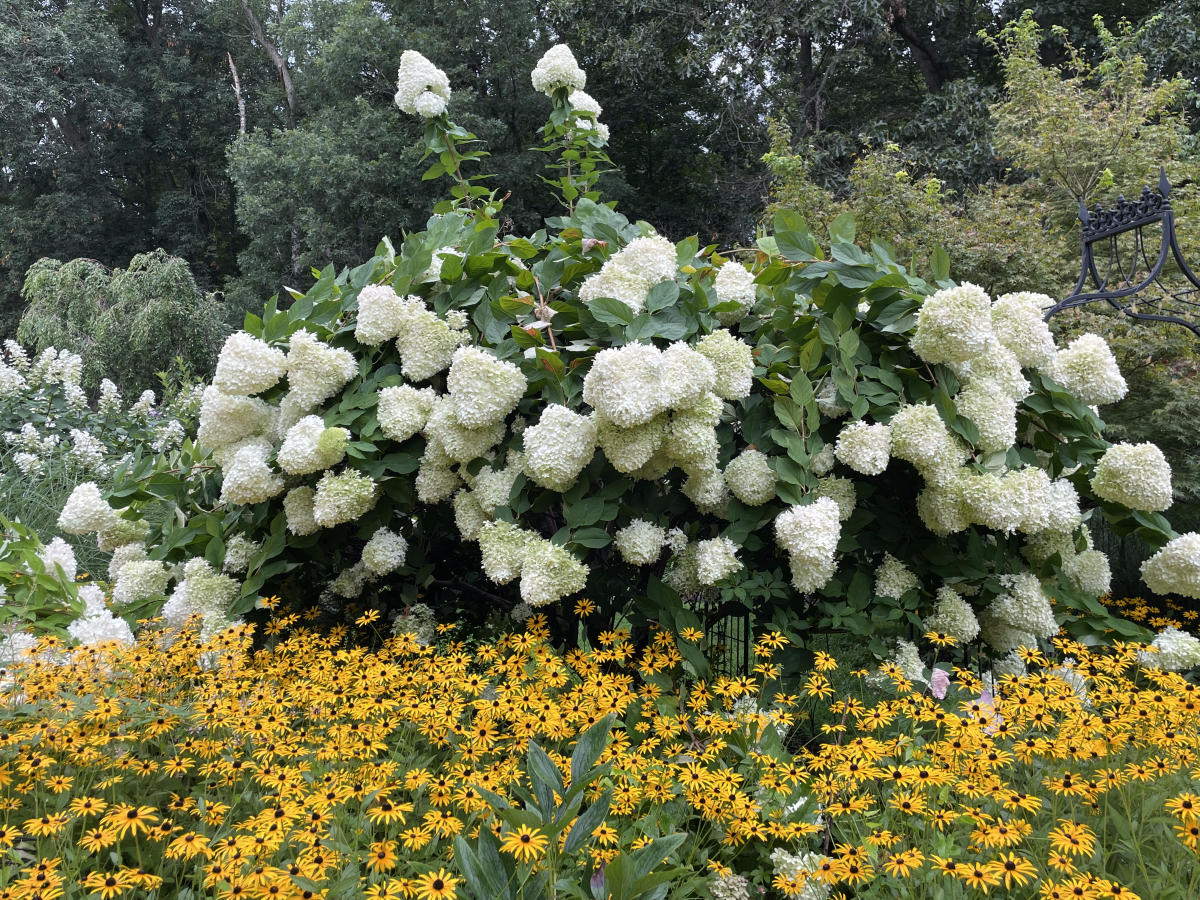How To Plant Hydrangeas In The Ground And Enjoy Their Beautiful Blooms For Years To Come
How to Plant Hydrangeas in the Ground and Enjoy Their Beautiful Blooms for Years to Come
Hydrangeas are beautiful shrubs that can add a touch of elegance to any garden. With their large, colorful blooms, they are sure to turn heads. But hydrangeas are not just eye-catching, they are also relatively easy to care for. With a little bit of knowledge and effort, you can enjoy hydrangea blooms for years to come.
In this blog post, we will discuss the following:
- When and where to plant hydrangeas
- How to prepare the soil
- How to plant hydrangeas
- How to care for hydrangeas
When and Where to Plant Hydrangeas
The best time to plant hydrangeas is in the spring or fall. This gives the plants time to establish their roots before the hot summer weather or the cold winter weather.
Hydrangeas prefer partial shade, but they can tolerate full sun in areas with cool summers. The ideal location for hydrangeas is a spot that receives morning sun and afternoon shade.
The soil for hydrangeas should be well-draining and slightly acidic. If your soil is not acidic, you can add peat moss or sulfur to the planting hole.
How to Prepare the Soil
Before you plant your hydrangeas, you need to prepare the soil. First, remove any weeds or debris from the planting area. Then, loosen the soil to a depth of about 12 inches.
If your soil is not acidic, you can add peat moss or sulfur to the planting hole. The amount of peat moss or sulfur you need to add will depend on the pH of your soil. You can test the pH of your soil with a pH kit.
How to Plant Hydrangeas
Once the soil is prepared, you can plant your hydrangeas. Dig a hole that is twice as wide and as deep as the root ball of the hydrangea plant. Place the hydrangea plant in the hole and backfill with soil.
Water the hydrangea plant well after planting. You should water the plant regularly, especially during the first year after planting.
How to Care for Hydrangeas
Hydrangeas are relatively easy to care for. The most important thing is to keep the plants well-watered. Water the plants deeply once a week, or more often during hot, dry weather.
You should also fertilize hydrangeas once a year in the spring. Use a fertilizer that is specifically designed for hydrangeas.
In the fall, you can add a layer of mulch around the base of the hydrangea plant to help protect the roots from the cold winter weather.
Enjoying Your Hydrangeas
With a little bit of care, you can enjoy hydrangea blooms for years to come. Hydrangeas are a beautiful addition to any garden, and they are sure to bring you joy for many years to come.
Hydrangeas are beautiful and versatile shrubs that can add a touch of elegance to any garden. If you're thinking about planting hydrangeas in the ground, there are a few things you need to know. First, hydrangeas prefer to grow in moist, well-drained soil. They also need full sun or partial shade. Once you've chosen the right location, you can start digging your hole. The hole should be twice as wide as the root ball of the hydrangea plant. Once the hole is dug, carefully remove the hydrangea plant from its container and place it in the hole. Backfill the hole with soil, making sure to tamp it down firmly. Water the hydrangea plant well, and you're done!
For more detailed information about planting hydrangeas in the ground, I recommend visiting . This website has a wealth of information on all aspects of hydrangea care, including planting, pruning, and fertilizing. You can also find helpful tips on choosing the right hydrangea variety for your climate.
FAQ of planting hydrangeas in the ground
- When is the best time to plant hydrangeas?
Hydrangeas are best planted in the spring or fall, when the weather is mild and the soil is moist. Avoid planting hydrangeas in hot, dry weather, as they will not be able to establish themselves properly.
- How much sun do hydrangeas need?
Hydrangeas prefer partial shade, meaning they should receive some direct sunlight in the morning or evening, but should be protected from the hot afternoon sun. Too much sun can scorch the leaves and prevent the plant from blooming.
- What kind of soil do hydrangeas need?
Hydrangeas prefer moist, well-drained soil. The soil should be rich in organic matter, such as compost or peat moss. If your soil is sandy or clayey, you may need to add some compost or other organic matter to improve drainage.
- How deep should I plant hydrangeas?
Hydrangeas should be planted at the same depth they were growing in their pot. If you are planting a hydrangea in a raised bed, you may need to dig a hole that is a few inches deeper than the pot.
- How much water do hydrangeas need?
Hydrangeas need regular watering, especially during the first year after planting. Water deeply once a week, or more often if the weather is hot and dry. Mulching around the plant will help to retain moisture in the soil.
Image of planting hydrangeas in the ground
- Image 1: A person digging a hole in the ground for a hydrangea plant.
- Image 2: A person placing a hydrangea plant in the hole and filling in the dirt around the roots.

- Image 3: A person watering a newly planted hydrangea plant.

- Image 4: A hydrangea plant that has been planted in the ground and is starting to grow.

- Image 5: A hydrangea plant in full bloom, showing off its beautiful flowers.


Post a Comment for "How To Plant Hydrangeas In The Ground And Enjoy Their Beautiful Blooms For Years To Come"